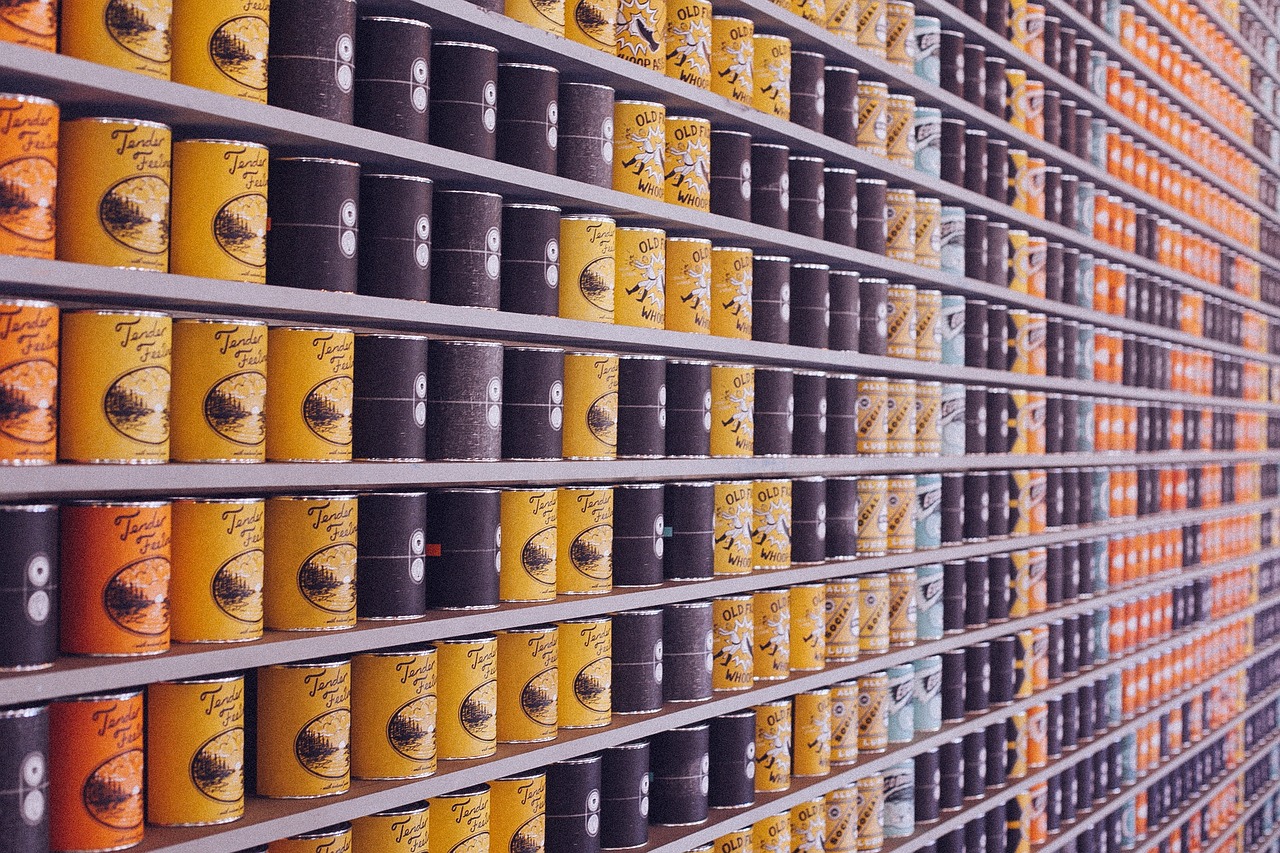The Canned Vegetable Crisis: A Survivor’s Guide

My wife and I have been slowly building up our food storage, and of course, that means we’ve bought some canned goods. I cannot overstress how uncomfortable this makes me. I hate canned foods so much, it might be better to just starve to death if it really comes down to it.
A bit dramatic? Yes. But the heart feels what it will. And I don’t think I’m alone here.
Canned foods are often associated with blandness or an overly processed taste, especially compared to fresh produce. Many people,especially myself, have an aversion to canned items like green beans because they’ve experienced them in their most uninspiring state: straight from the can, with no preparation or enhancement.
Anyway, long story short, I gave myself some exposure therapy and intentionally cooked several meals with canned vegetables recently, and I learned a lot. Here’s the quick version:
To make canned foods taste good, you have to actually cook them. This might sound a bit condescending to you, but to me it was a needed nugget of wisdom that fully blew my mind. Let me explain.
Fresh Versus Canned Foods
Fresh Foods Shine With Simplicity
Fresh ingredients often have a natural vibrancy—great texture, bright flavors, vibrant aromas. They don’t need much done to them. My absolute favorite green beans are fresh, blanched briefly in super salty water, then tossed in butter and lime. They’re snappy and addictive, and they make you feel like a downright garden-dwelling farmer.
Preserved Foods Need More Work
Preserved items like canned green beans have already undergone a cooking process. Their flavors and textures might have dulled or changed (e.g., mushiness, overly salty or metallic, grayish-brown color). To make them taste good, you need to actively restore and enhance their qualities by cooking them in a way that adds flavor, texture, and complexity.
How to Cook Canned Foods
When cooking fresh foods, less is usually more (e.g., a three-ingredient barbecue sauce is almost always better than a fourteen-ingredient barbecue sauce). When cooking canned foods, more is more. Try the following:
- Roasting or Sauteing: Heat caramelizes natural sugars and adds depth. For example, instead of dumping your green beans into a sauce pan and heating them up until they’re steaming, dump that canning juice down the disposal and let those green beans air dry. Then toss them with olive oil, garlic, and onion, and roast them.
- Add Acid: Okay, this goes for all cooking in all times and places. Acidity is the most overlooked principle in cooking, and it’s a crime. So when cooking with canned goods, add acid. I personally prefer some form of “aged” acid like vinegar or canned tomatoes. This is because canned goods are already so closely associated with scarcity and winter, that it’s just psychologically weird to me to add a fresh, summer ingredient like citrus. So example: those green beans I mentioned above? When you take them off the heat, toss them with just a cap full of apple cider vinegar.
- Go Bold: Generally I go for refined, almost understated plates. Sure, my chicken has nothing more than salt, but I did such a good job in the cooking process that it’s still the best chicken you’ve ever had! However, with canned goods…? I won’t be happy until that canned corn tastes like garlic, cumin, and chili powder. Add some daring aromatics and innovative flavors to your canned goods. Don’t just kerplunk them into a bowl with some salt and pray that the microwave figures the rest out.
- Blend Them into a Dish: Finally, use canned goods to make part of a whole. Sure, in the summer I’ll have salmon confit with a side of fresh blanched asparagus. But in the winter? That stuff is going into my gravy. It’s simple, but effective.
Conclusion
Canned foods and I have made our peace. They’re still not my first love, but with the right treatment, they’ve proven their worth. With a little roasting, a splash of acid, and some bold seasoning, those sad green beans can become a winter dinner MVP. Now, if you’ll excuse me, I need to go apologize to my pantry for years of judgmental side-eyes. Matthew Christensen
Matthew Christensen
Weekly Newsletter Contributor since 2023
Email the author! matthew@dvo.com
